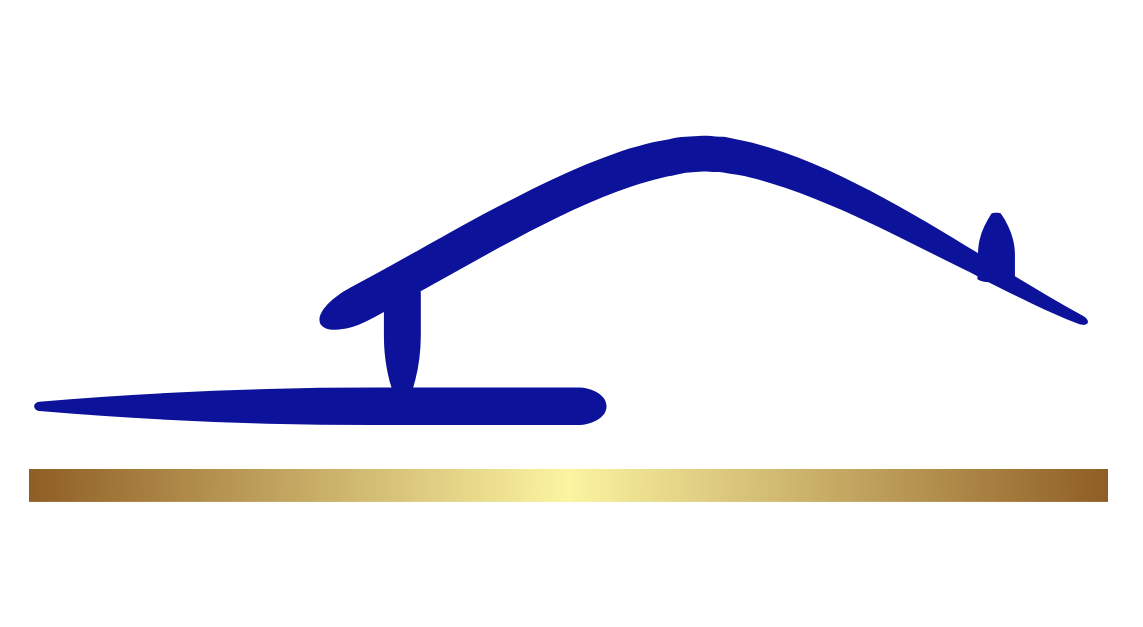Can you Trust Real Estate Photographs?
- Rayson L.

- Apr 13, 2024
- 4 min read
Updated: Aug 23
So, you saw this well-priced property which looks pristine and fabulous, but you are too far away or too busy to inspect it. And you wanted it so badly that you are considering the leap of faith, trusting the photographs in real estate advertisements and purchasing a property sight unseen. Should you do that? What risks are you exposing yourself to?
Can you trust the photographs in real estate advertisements?
We've been inspecting and buying properties for more than 20 years and we've seen it all. One thing is for sure, you simply cannot trust ANY advertisements, real estate or not. While the relevant real estate false advertising guidelines prevents a property from being falsely represented, buyers should always approach any advertisement with a pinch of salt. What you see may not always be what you get. Most real estate advertisements do represent a largely realistic portrayal of the properties. But, like any industry, there are always rogue sales agents and real estate photographers who are "creative" (for a better word) with their photographs. There is often more than meets the eye.
We inspect between 10 to 20 properties every week and without fail, each week, we come across real estate photos which does not represent the property accurately, Let's take this Case Study.
Case Study: Newish Townhouse in Mount Waverley
Take a moment to analyze this property in a sought-after blue chip South East Melbourne suburb of Mount Waverley, right next to Glen Waverley.


How accurate are real estate photographs?
Now, let's play a game of "Spot the difference". Compare Photo A and Photo B.
Is this clever photography, creative manipulation, or perhaps "generative" photography in modern AI terms?
Which version of the room would you prefer?
Let's look at the differences:
Notice the major omission of the construction right next to the living room. It is missing from the Photo B, the real estate advertisement. A site visit showed the major concern for any property buyer. A new double story townhouse is looming over the property. When completed, the neighbours will be peering over the fence, right into the living room. This is a major privacy concern with most buyers.
Other subtle differences like a different wall picture, a resized coffee table, and a lowered ceiling height all contribute to creating an illusion of spaciousness in the advertisement, when this room is actually smaller than a typical living room.
Photo B also appears brighter, which again, gives an impression of space. This can easily be done by post-processing the protograph and increasing the brightness or via slightly overexposing the photograph.
So should you trust a real estate photograph? How accurate are the real estate photographs?
Are you willing to take the risk of buying sight unseen?
The answer is an obvious no. While state regulations require that the photographs must not give a false impression of the property, it does not ban creative use of photography techniques, camera lens, etc As for anything outside the property, it is a gray area, up for interpretation.
These are the things we can see in photographs. What about the areas which aren't shown in these photographs? A typical house is much more than the 15-20 or so photographs in the advertisements.
Problems That are Usually Hidden in Real Estate Photographs
We have also seen real estate agents cleverly hide or avoid photographs of places with imperfections or even defects. We've seen
bent lintels over doors and windows which are cleverly hidden behind curtains or with bright lighting.
termite damaged and flood damaged floors and walls not showing up in photographs.
wood rot which are not usually visible on photographs.
overhead high tension power lines which are not captured by smart camera angling.
water damage behind toilets.
What can you do to avoid deceptive real estate advertisement?
There is unfortunately no other ways to definitively know what the property looks like without an on-site inspection. An on-site inspection may not be as expensive as you think. Investing a small amount upfront for peace of mind could save you from potential surprises down the line.
How can Concierge Buyers Advocates help with home inspection?
As builder trained buyers agents and advocates, when we inspect properties, we also perform visual checks to assess the structural conditions and common faults. This helps interested buyers avoid engaging expensive formal inspections when there are clues of major defects.
Our 3-in-1 property inspection:
Assess the property and provide an unbiased appraisal of property value.
Assess the property against buyers requirements.
Assess the property for aesthetics, common concerns, issues, superstitions, feng shui, etc.
After all, what's a few hundred dollars when you are risking a million-dollar home purchase? The choice is yours.
How can you get an independent Home Inspection in Melbourne?
Due the low cost nature and time needed to organise the home inspection, the service is only restricted to Melbourne. However, we have other options which allow other regional areas to be inspected.
Get in touch with us, if you need that home inspection professionally performed.


Comments